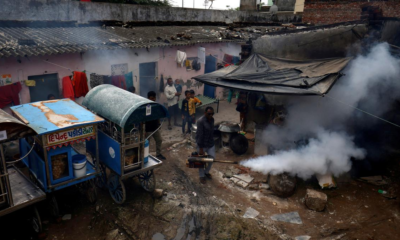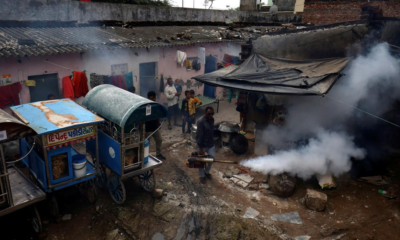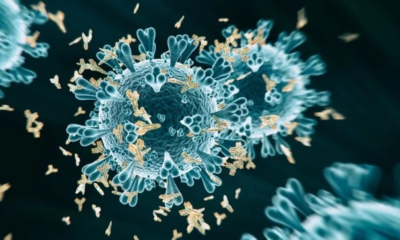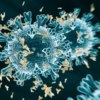Six children in Gujarat’s Aaravalli district have died from suspected Chandipura virus infections in the last five days. The total number of suspected cases has risen to 12.
Current Situation:
- Deaths: Five of the six deaths occurred at the civil hospital in Himatnagar, Sabarkantha district.
- Samples: Gujarat Health Minister Rushikesh Patel said all 12 samples, including eight from Sabarkantha, have been sent to Pune’s National Institute of Virology (NIV) for confirmation.
Understanding Chandipura Virus:
Chandipura virus, also known as Chandipura vesiculovirus (CHPV), is an RNA virus belonging to the Rhabdoviridae family, which includes the rabies virus. It was first identified in 1965 in Chandipura, a village in Maharashtra.
Key Characteristics:
- Primary Targets: The virus primarily affects children and is linked to outbreaks of acute encephalitis in India.
- Transmission: The disease is transmitted through the sting of a vector-infected sandfly (genus Phlebotomus). It mainly affects children aged 9 months to 14 years and is more prevalent in rural areas.
- Symptoms: Symptoms include fever, vomiting, loose motion, headache, convulsions, altered mental status, and, in severe cases, coma and death.
- Non-Contagious: This disease is not contagious.
Symptoms of Chandipura Virus Infection:
The symptoms of Chandipura virus infection can progress rapidly and include:
- Fever: Sudden onset of high fever.
- Headache: Severe headaches.
- Vomiting: Frequent vomiting.
- Convulsions: Seizures or convulsions.
- Altered Mental Status: Confusion, irritability, and changes in consciousness.
- Coma: In severe cases, the infection can lead to coma and death.
Spread of the Virus:
Chandipura virus is primarily transmitted through the bite of infected sandflies. The precise mechanisms of information are not fully understood but include:
- Vector-Borne Transmission: The primary mode of transmission is through sandfly bites.
- Animal Reservoirs: Certain animal species may act as reservoirs for the virus.
- Environmental Factors: Outbreaks have been linked to specific environmental conditions that favor the breeding of sandflies.
Treatment
There is no exact antiviral treatment or vaccine for Chandipura virus infection. Management primarily involves supportive care:
- Hospitalization: Required for patients with severe symptoms.
- Hydration: Ensuring proper hydration, especially if vomiting is severe.
- Antipyretics: Medications to reduce fever.
- Anticonvulsants: Used to manage seizures.
- Intensive Care: Necessary for severe neurological symptoms to manage respiratory and neurological complications.
Preventive Measures:
Preventive measures focus on controlling the sandfly population and minimizing human exposure:
- Insect Repellents: Use insect repellents to reduce the risk of sandfly bites.
- Protective Clothing: Wear long-sleeved clothing and use bed nets.
- Environmental Control: Reducing sandfly habitats through environmental management and insecticide spraying.
- Public Health Awareness: Educating communities in affected areas about the risks and preventive measures for the Chandipura virus.
By understanding the nature of the Chandipura virus and taking preventive measures, the spread of this potentially deadly disease can be managed effectively.
Get all the latest news on Indian daily post




































